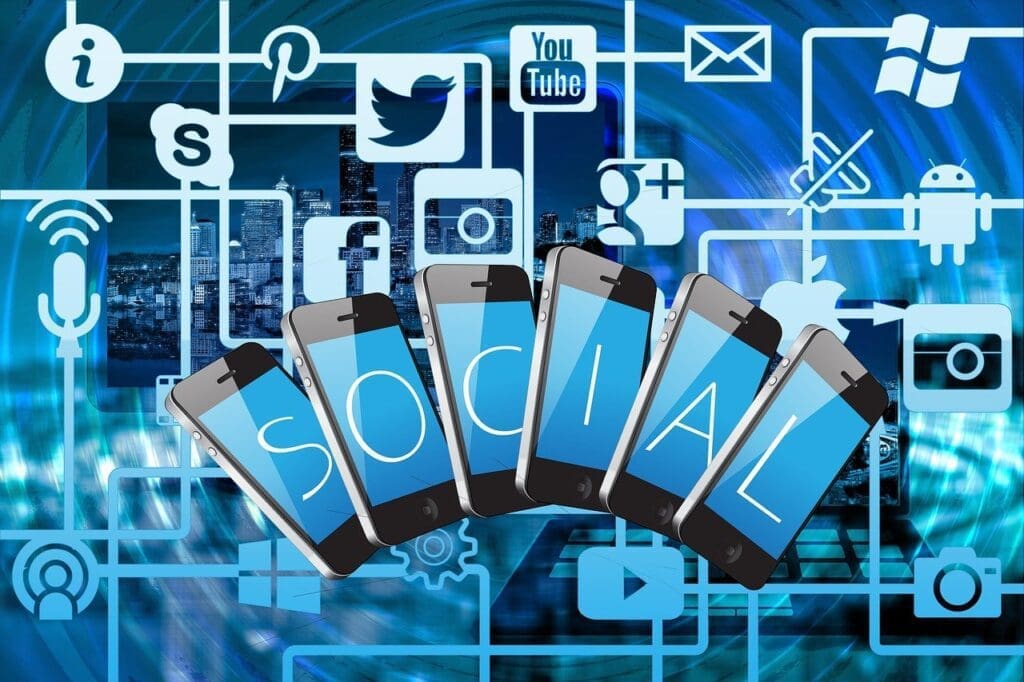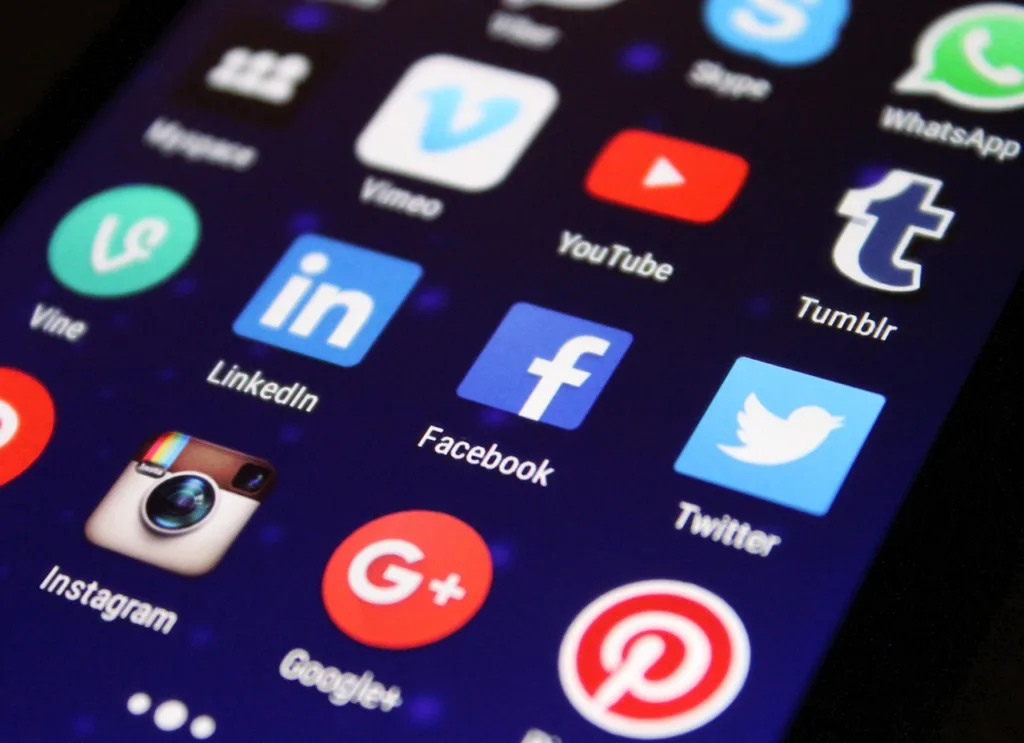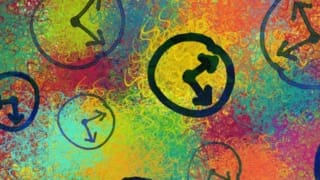Introduction
In today’s digital world, the rapid advancement of technology has created a wealth of information at our fingertips. This constant bombardment of data from our electronic devices, however, often leads to technology overload. If you frequently find yourself overwhelmed by the sheer volume of information you’re expected to process daily, you’re not alone. The year 2023 is witnessing a global struggle with this overload. The consequences are far-reaching, affecting productivity, overall well-being, and even personal relationships.
In this blog post, we introduce a 6-step approach designed to help you navigate and regain control over your digital environment. This approach aims to mitigate the stress levels associated with this overload and to improve your work-life balance. So, let’s delve into the issue of technology overload.

Defining the Problem: What is Technology Overload?
Technology Overload Explained
Technology overload, also known as information overload or tech overload, refers to the state of being overwhelmed by the inordinate amount of information provided by our technologically advanced world. This overload often happens due to a plethora of digital tools and communication channels we use daily, such as smartphones, social networking platforms, emails, and so on. From the incessant ping of notifications to the daunting task of sifting through a crowded email inbox, the overload may lead to feelings of stress, burnout, and an inability to focus on the information that’s truly relevant.
The Impact of Technology Overload
Technology overload doesn’t just lead to increased stress; it can also significantly hamper productivity. With so much information vying for our immediate attention, it’s difficult to switch off and concentrate on getting work done. In fact, the need to multitask can be more distracting than helpful, with research showing that constant task-switching can reduce productivity levels by up to 40%.
Moreover, technology overload can negatively affect mental health. Feelings of anxiety and overwhelm are common, as we’re often made to feel like we’re losing control of our own time and focus. It’s crucial to understand the importance of addressing this issue for the sake of our overall well-being.
6 Step Guide to Overcoming Technology Overload
Step 1: Prioritize and Organize Your Digital Environment
Overcoming digital overload begins with identifying what’s essential and what’s not. Prioritize your digital tools based on their relevance to your work and personal life. Unsubscribe from unnecessary newsletters, delete unused apps, and streamline your digital platforms to reduce distraction.
Additionally, organize your digital environment to make it easier to find relevant information. Use project management tools like Asana or Trello to keep track of tasks, deadlines, and collaborations. An organized digital environment can significantly reduce feelings of overwhelm and make your workflow more efficient.
Step 2: Eliminate Multitasking
In our digital world, multitasking seems like a necessity. However, juggling multiple tasks at once can lead to distraction and reduced productivity. Instead, focus on one task at a time. Completing tasks sequentially, rather than simultaneously, can help you maintain focus, reduce errors, and ultimately increase your productivity. This is especially true in our technologically advanced age, where every beep or buzz can derail our train of thought.
It’s time to eliminate multitasking from your routine. Instead, adopt a more effective approach with the following steps:
- Assess your tasks: Begin by making a comprehensive list of all your tasks. This will give you an overview of your responsibilities and make it easier to prioritize them.
- Prioritize: Identify which tasks are most crucial and need your immediate attention. Prioritizing allows you to concentrate on the most important work first, helping to increase productivity.
- Focus on one task: Choose one task from your list and give it your undivided attention. Resist the urge to switch between tasks and commit to completing one task at a time.
- Take breaks: Ensure to include short breaks in between your tasks. These breaks give your brain a chance to recharge and help maintain your focus when you return to work.
- Reflect on your progress: At the end of each day, review your progress. Reflecting on your productivity without multitasking can be a powerful motivator to continue this approach.

Step 3: Master Time Management
Effective time management is a crucial skill to combat technology overload. Develop a structured routine for your workday, with dedicated time slots for checking emails, attending meetings, and working on tasks. Using techniques like the Pomodoro method, which encourages you to take a break every 25 minutes of focused work, can boost productivity and reduce burnout.
Utilize time management tools to assist in scheduling and task management. Tools like Google Calendar or Outlook can help structure your day, set reminders for tasks, and more. By mastering time management, you can create a balanced workday, where you get work done without feeling overwhelmed by constant notifications and alerts.
Step 4: Efficient Use of Communication Tools
Communication tools are essential in 2023’s remote work setup, but they can contribute to information overload when misused. Optimize your use of these tools by setting specific communication hours, turning off unnecessary notifications, and organizing your contact lists. Understand that not every email or message requires immediate attention. Using communication tools like Slack or Microsoft Teams efficiently can help reduce distractions and maintain your focus during the workday.
To use communication tools efficiently, consider adopting the following step-by-step approach:
- Select appropriate tools: Choose the tools that are most relevant to your work and communication needs. This could be Slack for instant messaging, Zoom for video conferencing, or Trello for project management.
- Set communication hours: Dedicate specific hours of your day to respond to emails and messages. This not only ensures that your colleagues know when to expect a response but also helps you maintain focus on your tasks outside these hours.
- Organize your contacts: Keep your contacts organized. This can be as simple as having separate contact lists for different projects or teams.
- Manage notifications: Disable unnecessary notifications to avoid distractions during your focus hours. Remember, not all messages require immediate attention.
- Review and adjust: Regularly review your usage of communication tools. Are they serving their purpose, or are they contributing to your overwhelm? Adjust your usage based on this review to maintain a balance.
Step 5: Manage Notifications and Push Alerts
Notifications and push alerts can disrupt your workflow and increase stress. Manage these by turning off non-critical alerts on your electronic devices during work hours. Use the “Do Not Disturb” feature on your phone or computer to silence distractions. You can also schedule your notifications to appear at certain times of the day. Remember, allowing constant alerts to dictate your day can lead to overwhelm and decreased productivity.
Managing notifications and push alerts can be done effectively with the following steps:
- Identify unnecessary alerts: Begin by identifying which notifications are not essential to your work or personal life. These could be social media updates, promotional emails, news alerts, and more.
- Turn off non-critical alerts: After identifying, turn off these non-critical notifications. Most devices and applications have settings that allow you to customize which notifications you receive.
- Use the ‘Do Not Disturb’ feature: Utilize the ‘Do Not Disturb’ feature on your devices during your focus hours to minimize interruptions.
- Schedule your notifications: If possible, schedule your notifications to appear at specific times that align with your routine.
- Review and adjust: Periodically review your notification settings and adjust them based on your needs. As your workload or personal circumstances change, so too should your notification management strategy.
Step 6: Organize Your Inbox Naturally
An overflowing inbox is a common cause of technology overload. Manage this by organizing your emails into different folders or labels based on their importance or category. Tools like Gmail or Outlook offer features to automate this process. Regularly clean up your inbox, deleting or archiving emails you no longer need. Keeping your inbox organized can reduce the feeling of being overwhelmed and make it easier to find and focus on relevant information.

Conclusion
Overcoming technology overload is crucial in today’s digital world, where an abundance of information can quickly lead to overwhelm and productivity loss. By prioritizing and organizing your digital environment, eliminating multitasking, mastering time management, using communication tools efficiently, managing notifications and push alerts, and keeping your inbox organized, you can navigate the digital world more comfortably and reduce the chances of burnout.
We invite you to share your experiences and tips on dealing with technology overload in the comments below. Let’s work together to create a more balanced, less stressful digital world.
The journey to overcoming technology overload is ongoing, and it requires consistent effort and adaptability. But remember, small, simple steps can make a huge difference. Good luck!
FAQs
Q1: How can one overcome technology overload?
A1: Overcoming technology overload involves a multifaceted approach. In essence, it involves prioritizing and organizing your digital environment, eliminating multitasking, mastering time management, using communication tools efficiently, managing notifications and push alerts, and keeping your inbox organized. There are “6 ways” to overcome technology overload effectively.
Q2: How do you stop digital overload?
A2: To stop digital overload, one of the effective ways is to disconnect from your devices at certain times of the day. This could be during meals, family time, or before bedtime. Making your devices your first point of contact in the morning or the last thing you check before sleep can lead to feeling overwhelmed by the constant barrage of information. It’s also beneficial to engage in activities that allow your brain to rest, like reading a book, going for a walk, or practicing mindfulness. This helps give your brain a break and reduces the feelings of overload.
Q3: What is an example of digital overload?
A3: An example of digital overload is feeling unable to focus due to constant notifications and alerts from various apps like social media, email, or messaging platforms. This can be particularly challenging during the workweek when you’re trying to concentrate on your tasks but are continuously interrupted by pings, beeps, or even voice alerts from digital assistants like Siri or Alexa.
Q4: What are the symptoms of digital overload?
A4: Symptoms of digital overload can include feelings of stress, tiredness, difficulty focusing, feeling overwhelmed, and trouble sleeping. These are often the result of the brain’s inability to process the bombardment of information and the need to constantly refocus attention.
Q5: How can we prevent information overload?
A5: Preventing information overload involves creating healthy boundaries with your technology use. This can involve setting aside specific times to check email and social media, using features like “do not disturb” to limit notifications during focus hours, and regularly taking breaks to disconnect.
Q6: What are the different types of information overload?
A6: There are several types of information overload. “Technology overload” refers to the overwhelm caused by the sheer volume of new technology and apps designed to help people streamline their lives. “Communication overload” happens when the amount of information and communication received exceeds our capacity to handle it, often leading to stress. “Information overload” more broadly refers to the overwhelm experienced when trying to process more information than is possible.





















